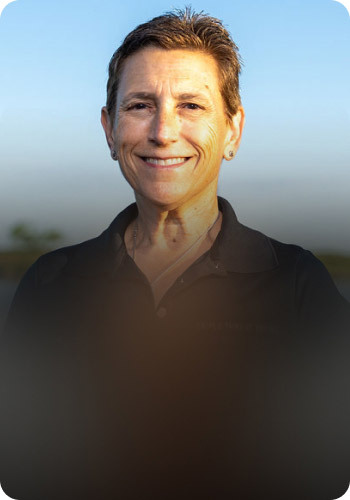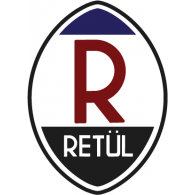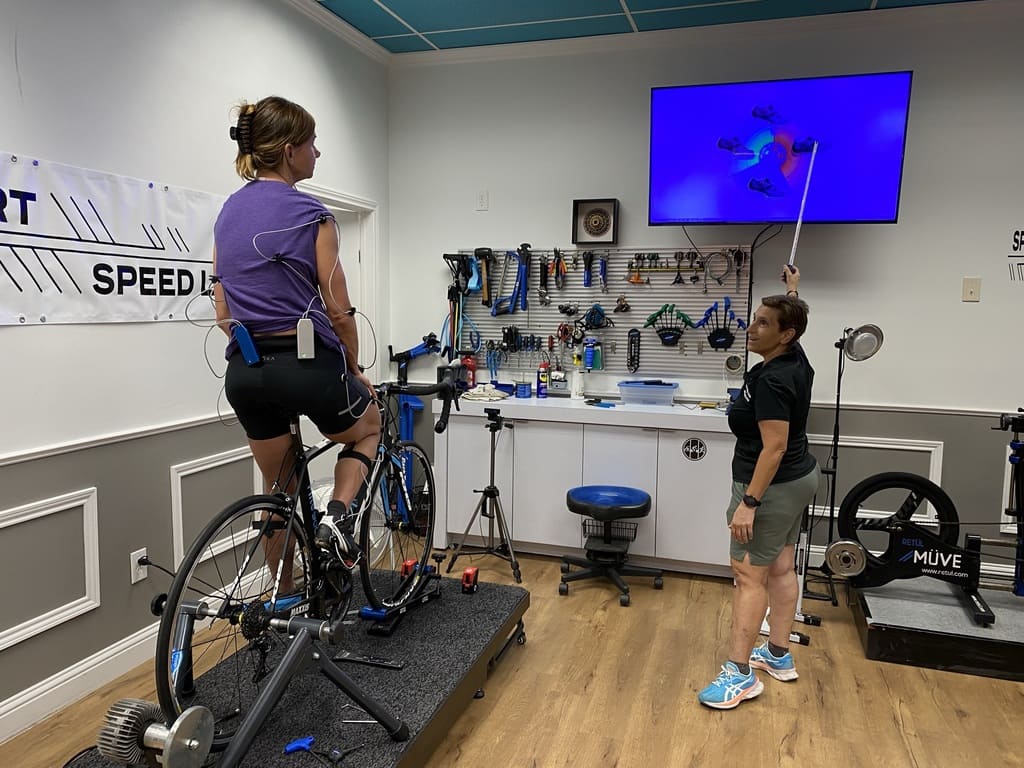Bike Fitting Philosophy
In the 10+ years of doing basic bike fits I have learned that there are optimal norms and guidelines for setting up a bike fit for a rider. Most cyclist’s will fall within those guidelines or norms with only minimal changes or differences needed; however, the human body differences are not always so straight forward. Now, in the world of bike fitting, there are excellent tools, like Retul, to dial in the numbers and norms, but it also takes a good physical assessment of the rider. As a physical therapist for 20+ years, I have learned the importance of having good observation skills and to use my knowledge of the human body and movement to find these differences during a bike fit. Joint immobility, decreased flexibility, poor stability, physical asymmetries, all play a significant role in how efficient, powerful, and aerodynamic a person can be on the bike.
Do I Have to Sacrifice Comfort for Performance, Power, and Speed?
There seems to be a misconception in the cycling and triathlon community that a high-performance bike position is uncomfortable. On the contrary, a bike position that maximizes performance should also be comfortable. It is hard to produce a lot of power or maintain an aerodynamic drag minimizing position if you are uncomfortable. Performance = aerodynamics + power + comfort
My Bike Fits Start the Minute you Walk through the Door!
I believe it is important to begin the fit as soon as you walk through the door. Observation and active listening to the rider can give you an abundance of valuable knowledge. The information you will provide regarding past injuries, current discomfort on the bike, or amount of riding you do, are all important things to consider when doing your bike fit; however, what you DON’T say, might be giving much more information about how to fit you are your bike. The Retul technology measures the cyclist and the bike. The bike fitter must SEE the rider, and make sure the rider fits the bike.
My Bike Fitting Process
Cyclist Interview
The interview provides some initial information about you that is relevant to a good fit. This is your opportunity to express what you want to gain from this bike fit session.
- Cyclist history
- Types of bike riding – tri, road, mtn, etc.
- Cyclist goals – lifestyle, race or event goals
- Cyclist injury history – current injuries, past injuries, surgeries
- Cycling discomforts
- Goals for the bike fit
At this time, before any changes are made, I will record video and make initial assessments of the cyclist’s bike fit.
Physical Assessment
The physical assessment is a process I use to understand the cyclist’s unique physical attributes. The physical assessment will include the following and assist me in making more informed decisions about your bike fit.
- Mobility
- Flexibility
- Stability
- Strength and Possible Weaknesses
- Leg Length Differences
- Foot Structure
- Pelvic Structure and Alignment
- Static Posture
Shoe and Cleat Adjustment
Shoes and cleats are an important step that I think many cyclists do not give a lot of thought to. The shoe and cleat are locked into the pedal. The foot is inside the shoe. I want to bring the pedal/shoe up to the cyclist’s foot instead of having the cyclist’s foot collapse onto the shoe. Various wedges, shims, and insoles are used to ensure a stable and level surface is provided for applying power to the pedal.
Virtually every cyclist should have custom-molded insoles. At this point, I will mold Foot Balance insoles and install them in the cyclist’s shoes.
Bike Adjustments
Finally, I start to make changes to the bike. The first thing we decide on is a saddle. If the cyclist’s current saddle is comfortable and his hips are stable, then we stay with the current saddle. If the saddle is uncomfortable then we will try a series of saddles that match his sit bone width previously measured in the physical assessment. Then we move on to making other adjustments to the bike. I use Retul motion capture technology to inform and confirm the changes made to the bike. Both left and right sides are measured because humans are not completely symmetrical. During this step video is recorded from the side and front of the cyclist.
Bike Measurements
After all adjustments to the bike are made then I digitally measure the bike. The bike measurements are included in the bike fit report sent to the client.
Fit Report
A comprehensive bike fit report is emailed to the client. The bike fit report details all aspects of the bike fit just completed



